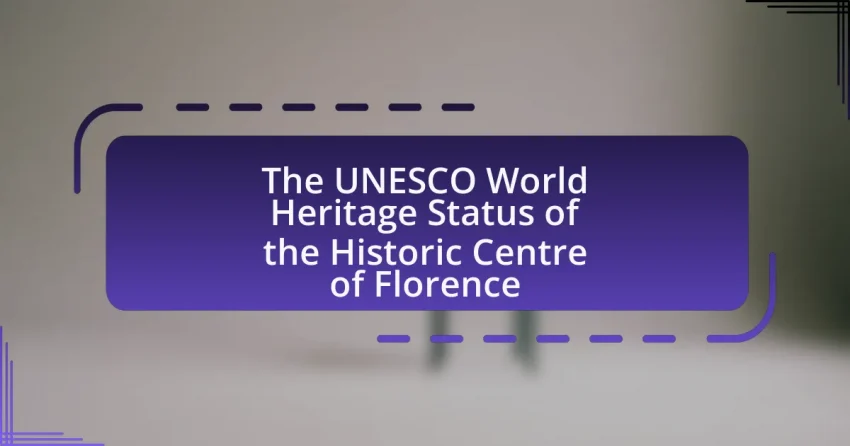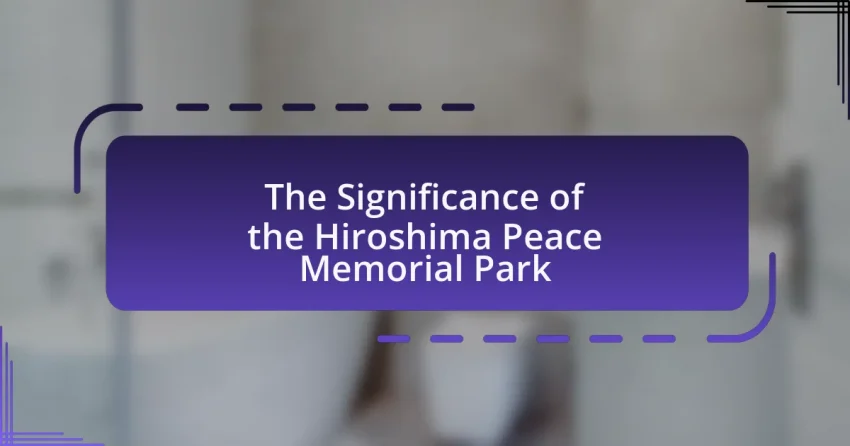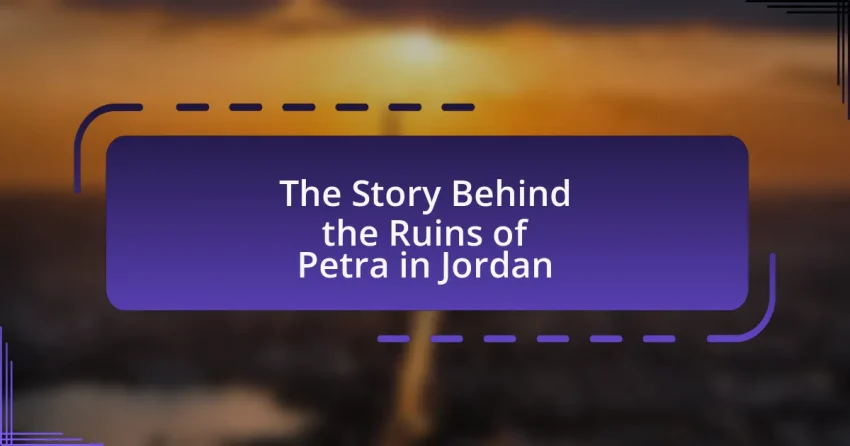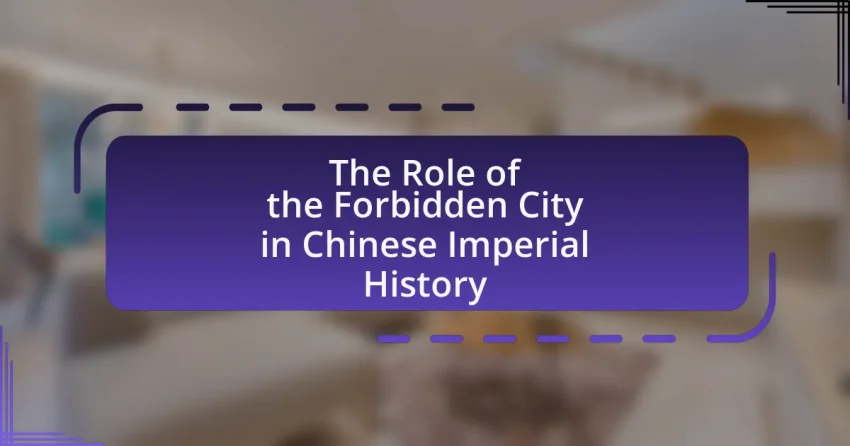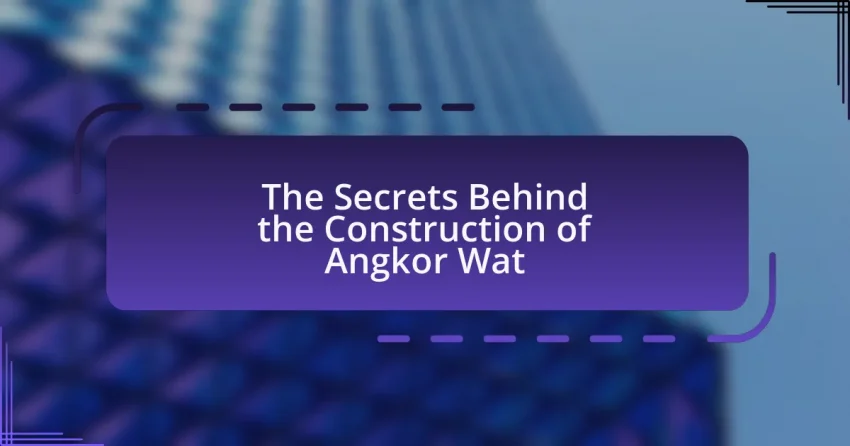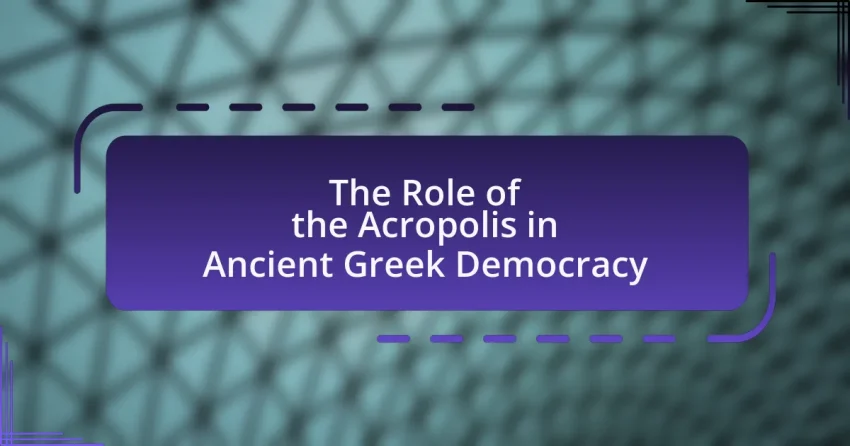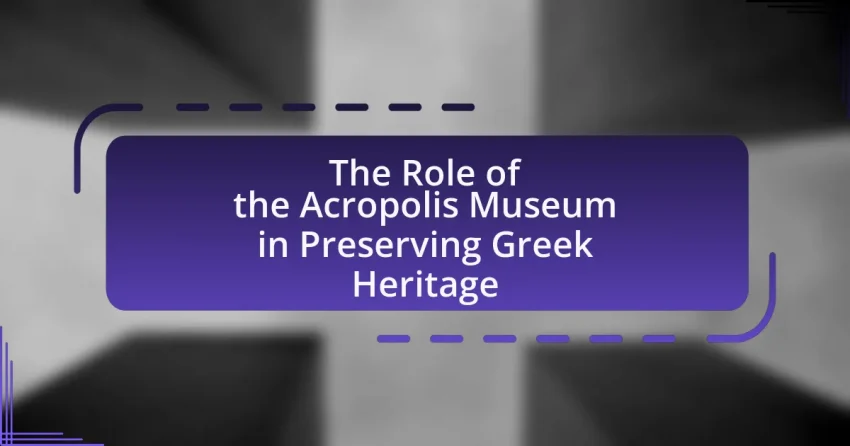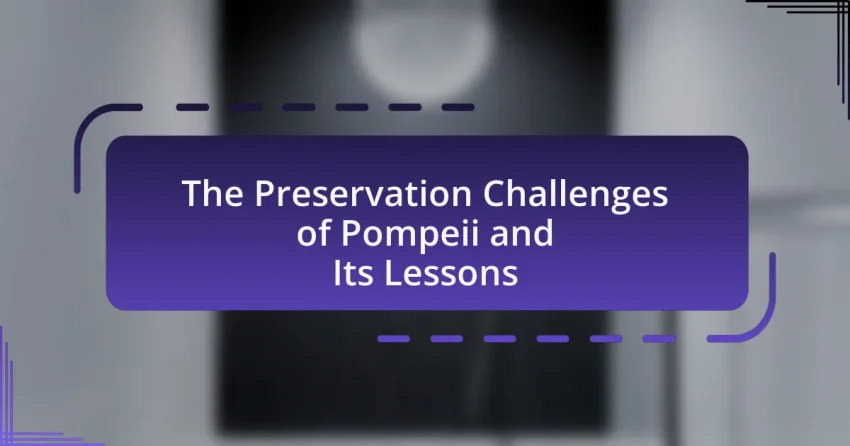The Historic Centre of Florence is recognized as a UNESCO World Heritage Site, a designation granted in 1982 due to its exceptional cultural and historical significance, particularly during the Renaissance. This area showcases remarkable landmarks such as the Florence Cathedral, the Uffizi Gallery, and the Ponte Vecchio, which reflect the artistic achievements of renowned figures…
The Significance of the Hiroshima Peace Memorial Park
The Hiroshima Peace Memorial Park is a memorial site in Hiroshima, Japan, dedicated to the victims of the atomic bombing on August 6, 1945. Established in 1954, the park features significant monuments such as the Atomic Bomb Dome and the Peace Memorial Museum, which serve to educate visitors about the consequences of nuclear warfare and…
The Story Behind the Ruins of Petra in Jordan
The ruins of Petra in Jordan are a significant archaeological and cultural site, representing the ingenuity of the Nabataean civilization. As a major trading hub in ancient times, Petra facilitated the exchange of goods along key trade routes, showcasing remarkable rock-cut architecture, including the iconic Al-Khazneh. Recognized as a UNESCO World Heritage Site, Petra’s historical…
The Role of the Forbidden City in Chinese Imperial History
The Forbidden City, a historic palace complex in Beijing, served as the imperial palace for 24 emperors during the Ming and Qing dynasties from 1420 to 1912. It functioned as the political and ceremonial center of Chinese governance, symbolizing the emperor’s absolute authority. The article explores the establishment of the Forbidden City, its architectural features,…
The Secrets Behind the Construction of Angkor Wat
Angkor Wat, the largest religious monument in the world, holds immense historical significance as a symbol of Cambodia’s cultural identity. Constructed in the early 12th century under King Suryavarman II, it transitioned from a Hindu temple dedicated to Vishnu to a prominent Buddhist site, reflecting the region’s religious evolution. The article explores the architectural mastery…
The Role of the Acropolis in Ancient Greek Democracy
The Acropolis served as a pivotal political and religious center in Ancient Greek democracy, symbolizing the power and achievements of Athens. Key structures such as the Parthenon and the Erechtheion facilitated civic engagement and decision-making, reinforcing democratic ideals and communal identity. The Acropolis hosted public gatherings, assemblies, and festivals, which were essential for citizen participation…
The Role of the Acropolis Museum in Preserving Greek Heritage
The Acropolis Museum is a modern archaeological institution in Athens, Greece, established to preserve and showcase artifacts from the Acropolis, including significant items from the Parthenon. Opened in 2009, the museum houses over 4,000 objects and plays a crucial role in promoting Greek heritage through research, education, and cultural exchange. The article outlines the museum’s…
The Legacy of the Alhambra: A Symbol of Moorish Spain
The Alhambra is a palatial fortress complex in Granada, Spain, representing the pinnacle of Moorish architecture and culture during the Nasrid dynasty in the 13th century. This UNESCO World Heritage Site showcases intricate Islamic art, including detailed tile work and lush gardens, reflecting the cultural synthesis of Islamic, Christian, and Jewish influences. The article explores…
The Role of Independence Hall in the American Revolution
Independence Hall, located in Philadelphia, played a pivotal role during the American Revolution as the site where the Declaration of Independence and the U.S. Constitution were debated and adopted. It served as the meeting place for the Second Continental Congress from 1775 to 1783, where key figures such as George Washington and Thomas Jefferson gathered…
The Preservation Challenges of Pompeii and Its Lessons
The article focuses on the preservation challenges faced by Pompeii, an ancient Roman city buried by the eruption of Mount Vesuvius in 79 AD. Key issues include environmental degradation, structural instability, and the impact of human activities such as tourism and vandalism, which threaten the site’s integrity. The significance of preserving Pompeii lies in its…
